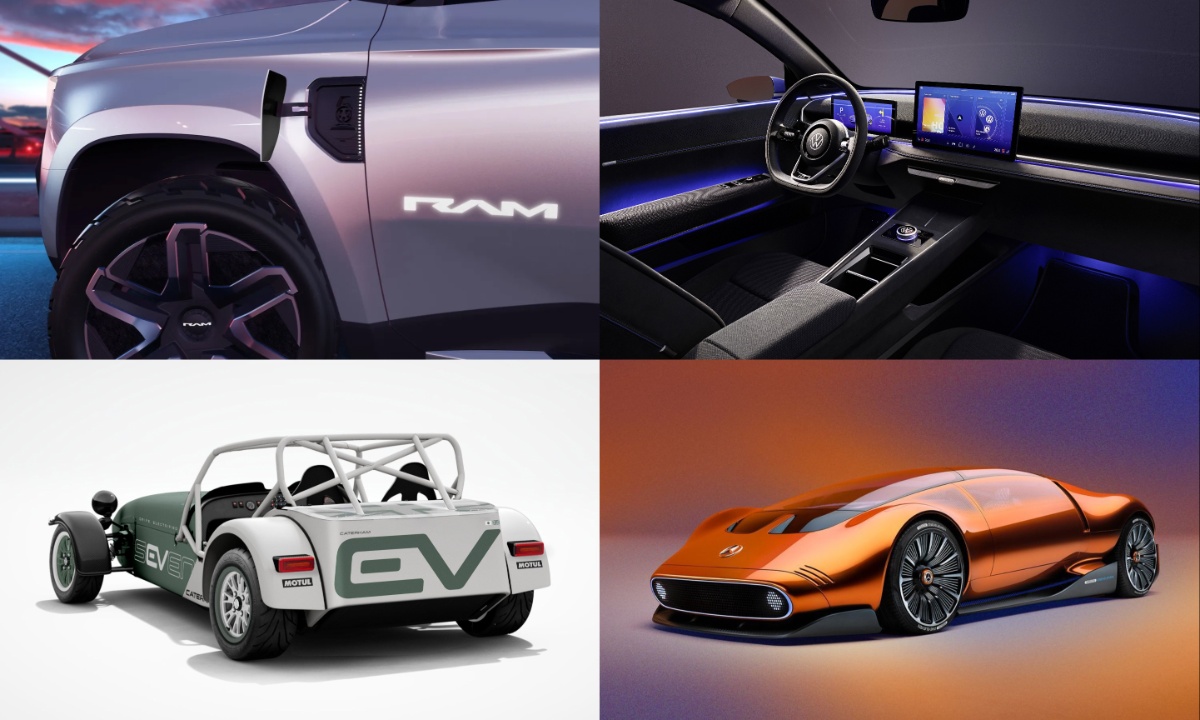Concept cars have been a staple for automakers looking to introduce innovative designs, technologies, and ideas. These vehicles are developed to assess consumer interest and show what could be achievable in the automotive sector. While certain aspects of these concepts may eventually make their way into production, others remain experimental. Ultimately, the goal is to highlight the future of the automotive industry, featuring cutting-edge technologies, unique designs, and the next big developments in transportation. This article explores 10 of the most fascinating futuristic concept cars that demonstrate what the future may hold.
1. Tesla Cybertruck: A Bold Vision of the Future
The Tesla Cybertruck has captured attention for its unique design and revolutionary promises. Though delayed multiple times, it promises cutting-edge technology, including the ability to charge at a rate of one megawatt using a liquid-cooled hose. With ultra-fast charging capabilities, a single charge could potentially take less than a minute, giving Tesla an unmatched advantage in the EV market. Additionally, CEO Elon Musk has even claimed that the truck could float, which would make it the first amphibious mass-produced car. While some of these claims are far-fetched, the Cybertruck represents a bold step toward a new era of electric vehicles.
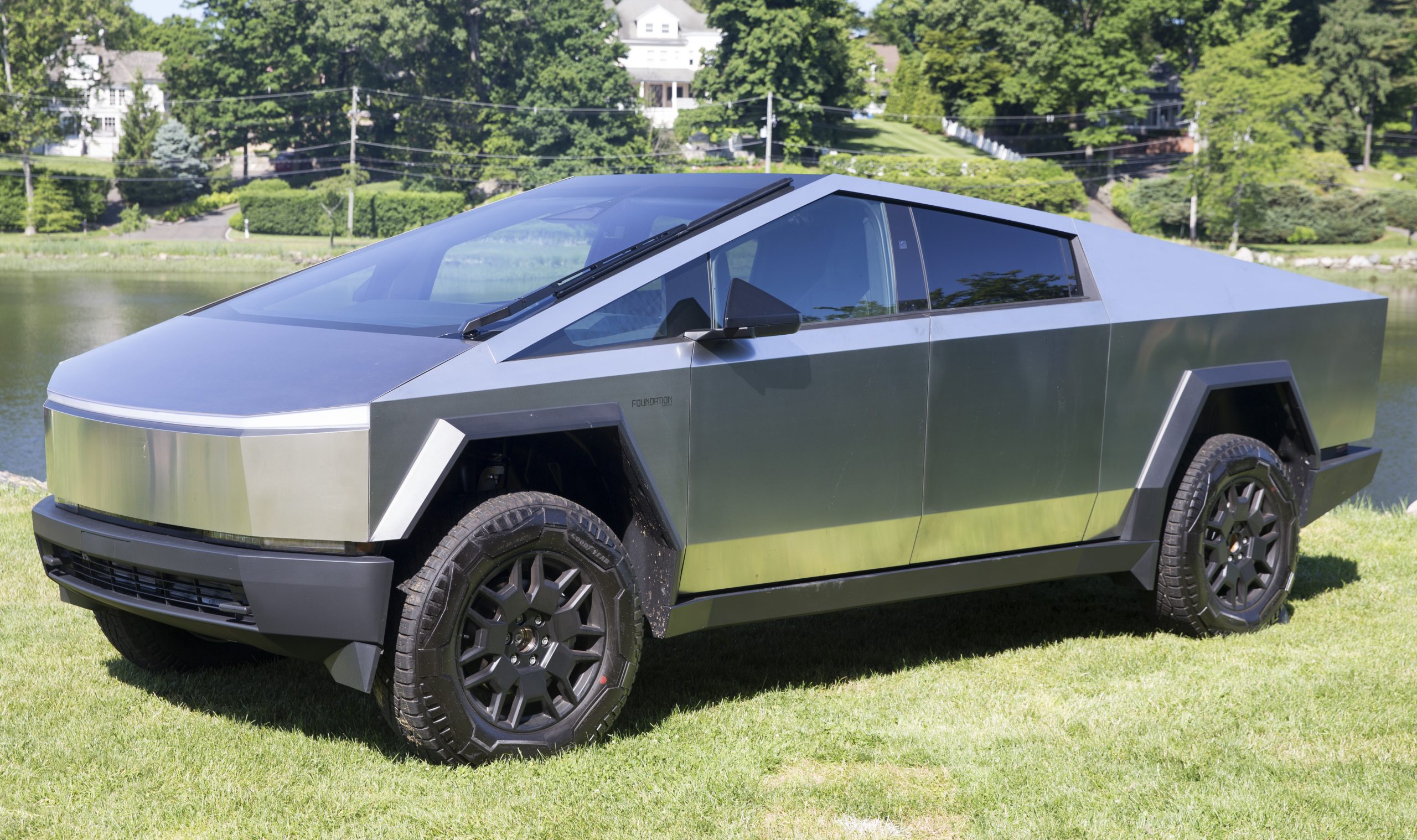
2. Toyota Manual EV: Merging the Old and the New
Toyota is working on an electric vehicle with a manual gearbox, designed to cater to the next generation of car enthusiasts. While EVs are often lauded for their instant torque and seamless acceleration, Toyota aims to bring back the thrill of driving through manual gear shifting. Despite electric motors not requiring a clutch, Toyota’s innovative torque profiles allow drivers to experience the fun of manual transmission without the need for combustion engines, adding a layer of excitement and engagement to electric driving.
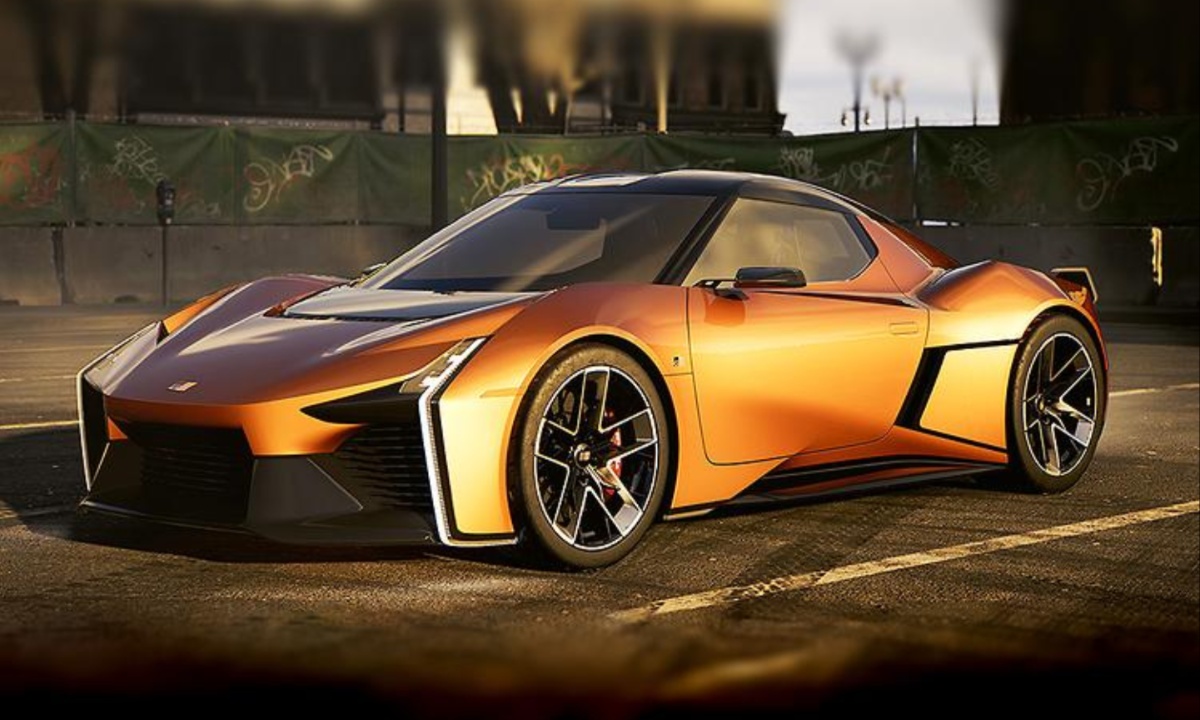
3. Skoda Enyaq: High-Tech Interactivity in Motion
Skoda’s Enyaq is a production-based model that incorporates futuristic elements, such as a Human-Machine Interface (HMI) mounted on the grille. This one-off design includes exterior cameras equipped with eye-tracking technology, which can detect whether a pedestrian is paying attention to the vehicle. BMW has also been working on similar technology, applying it to the interior of cars. By monitoring drivers’ eye movements, BMW can help ensure that the driver remains focused on the road, a potential game-changer for improving road safety in the future.
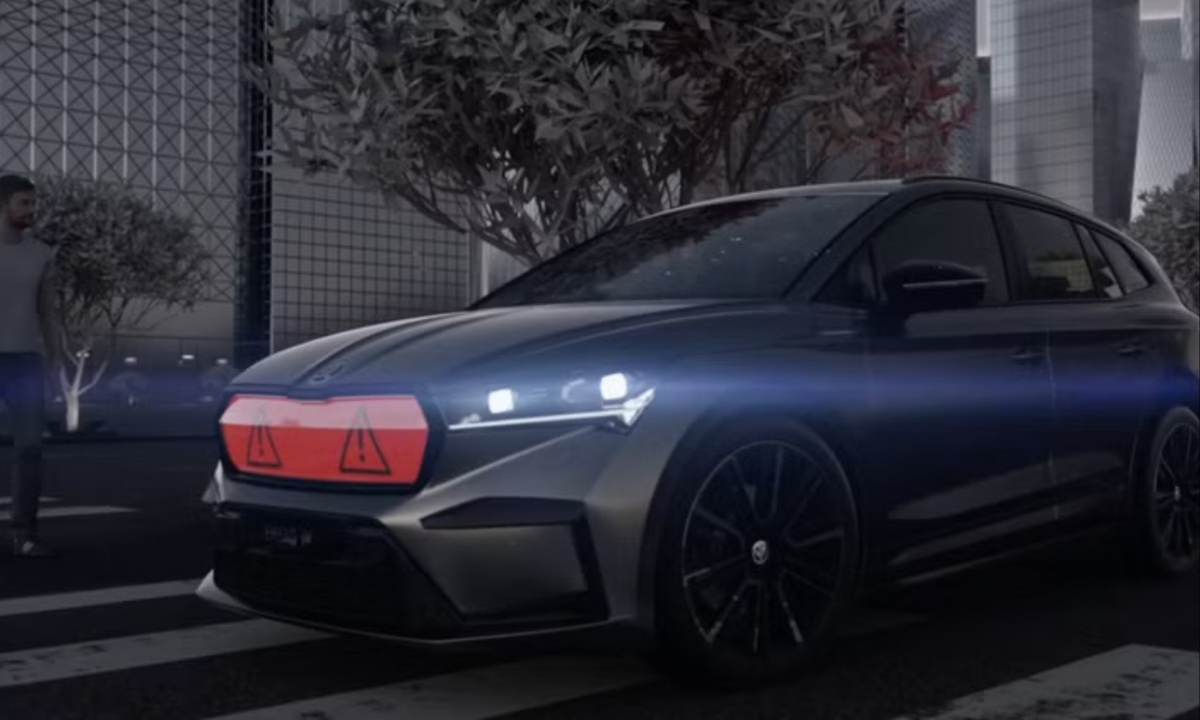
4. Hyundai N Vision 74: Hydrogen Power Meets Performance
The Hyundai N Vision 74 is a striking prototype that may or may not see production. Powered by a hydrogen fuel cell, this futuristic vehicle is a testament to Hyundai’s commitment to sustainable performance. Offering 679 horsepower and 663 lb-ft of torque, the N Vision 74 delivers an exhilarating driving experience. Hydrogen fuel cells offer a promising alternative to traditional battery-powered EVs, with faster refueling times and a more abundant energy source. This car exemplifies Hyundai’s vision of a future where hydrogen vehicles could be a mainstream choice.
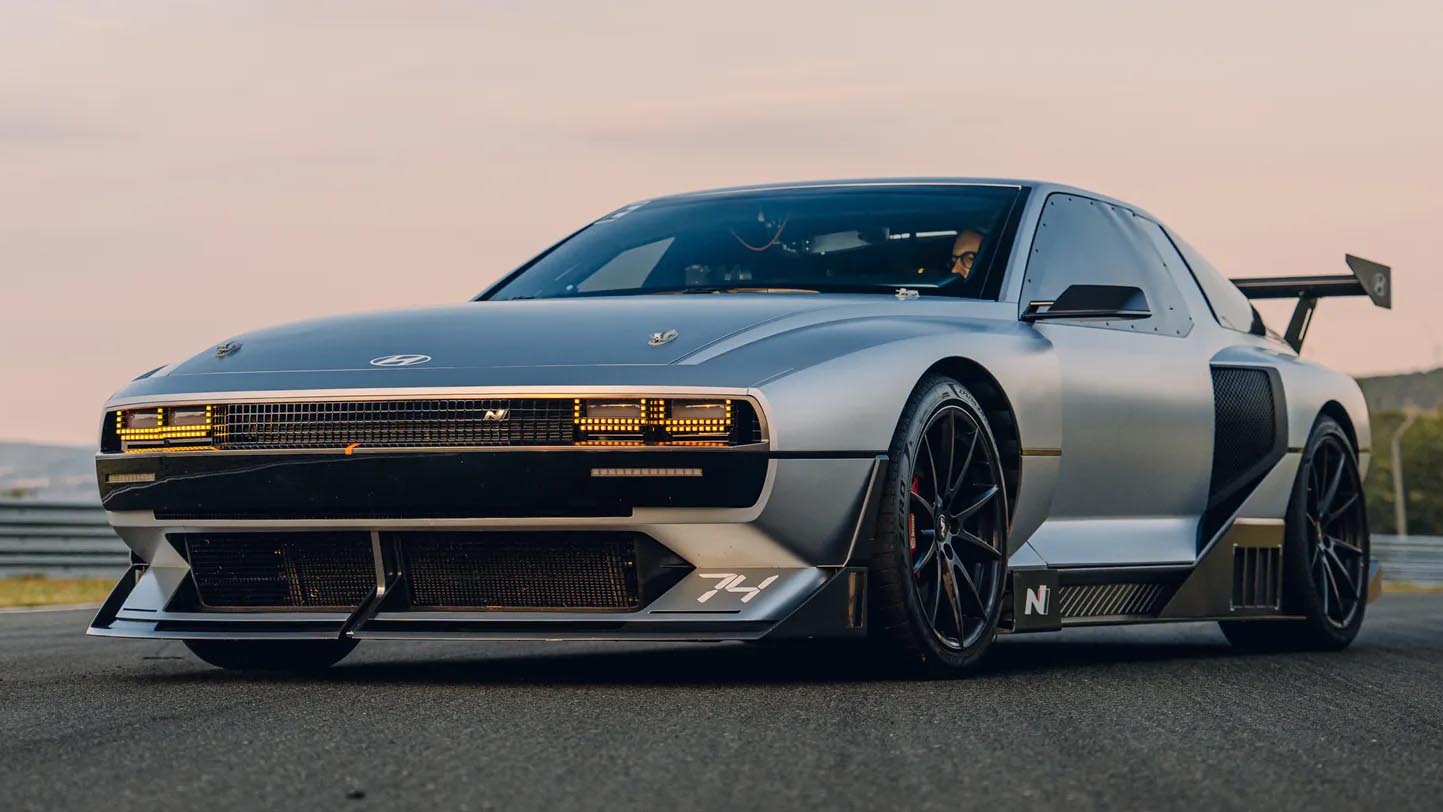
5. Mercedes-Benz Vision One-Eleven: Reinventing Electric Motors
The Mercedes-Benz Vision One-Eleven is another concept that could have real-world applications in the near future. This vehicle showcases an innovative electric motor design that is small enough to be housed within the wheels. By eliminating traditional mechanical connections, Mercedes offers greater drivetrain flexibility, such as all-wheel-drive or front-wheel-drive configurations. This advanced design also enables the inclusion of augmented reality technology to enhance the driving experience. With a potent 1,920 horsepower and advanced safety features, the Vision One-Eleven represents the cutting edge of automotive innovation.
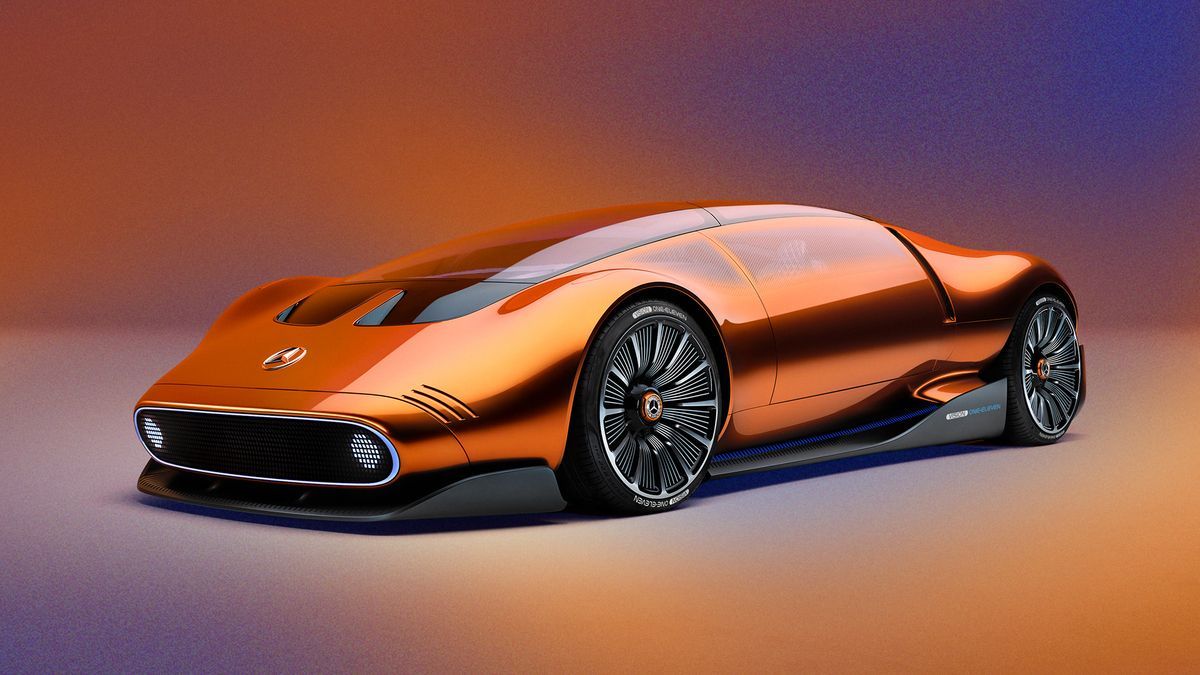
6. Porsche 911: Synthetic Fuel and the Preservation of Internal Combustion
While the Porsche 911 is not a concept car, it serves as a key player in the future of automotive technology. The German automaker is pioneering the use of synthetic fuel, which could allow internal combustion engines to remain relevant in a world of electric vehicles. The 911 Carrera S demonstrated the potential of synthetic fuel when it was used in testing without any modifications. If successful, Porsche’s efforts could allow existing combustion engines to reduce their environmental impact, offering a sustainable solution for traditional car enthusiasts.

7. Caterham 7 EV: Lightweight Electric Performance
Caterham’s EV concept takes the legendary Seven model and reimagines it with electric power. Emphasizing lightweight design, the Seven EV uses solid-state batteries, which are energy-dense and reduce weight compared to traditional lithium-ion cells. This makes the car an agile and dynamic performer, with fast charging capabilities and track-ready features. Caterham’s partnership with Swindon Powertrain aims to offer a driving experience that retains the thrill of combustion-powered models while embracing the future of electric performance.
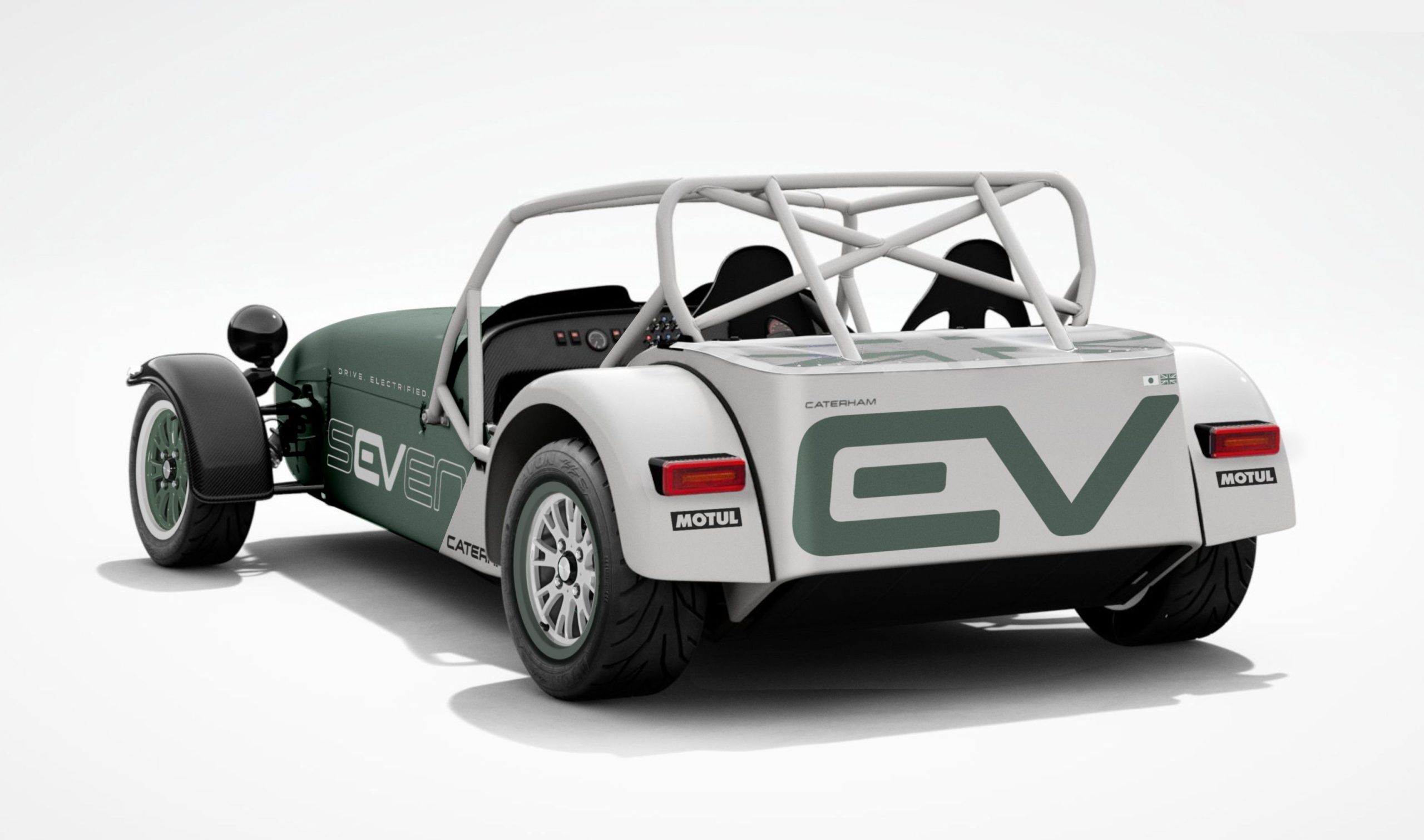
8. BMW iX Flow Concept: The Car that Changes Color
BMW’s iX Flow Concept represents a leap in automotive personalization with its color-changing technology. Utilizing E Ink panels, the iX Flow can switch between black and white, offering an entirely new form of customization. This technology uses microcapsules that change pigment based on electrical signals, creating a dynamic surface that can be altered at will. While the current prototype only offers a two-color system, future developments could allow for more colors and even patterns, potentially changing the way drivers interact with their vehicles.
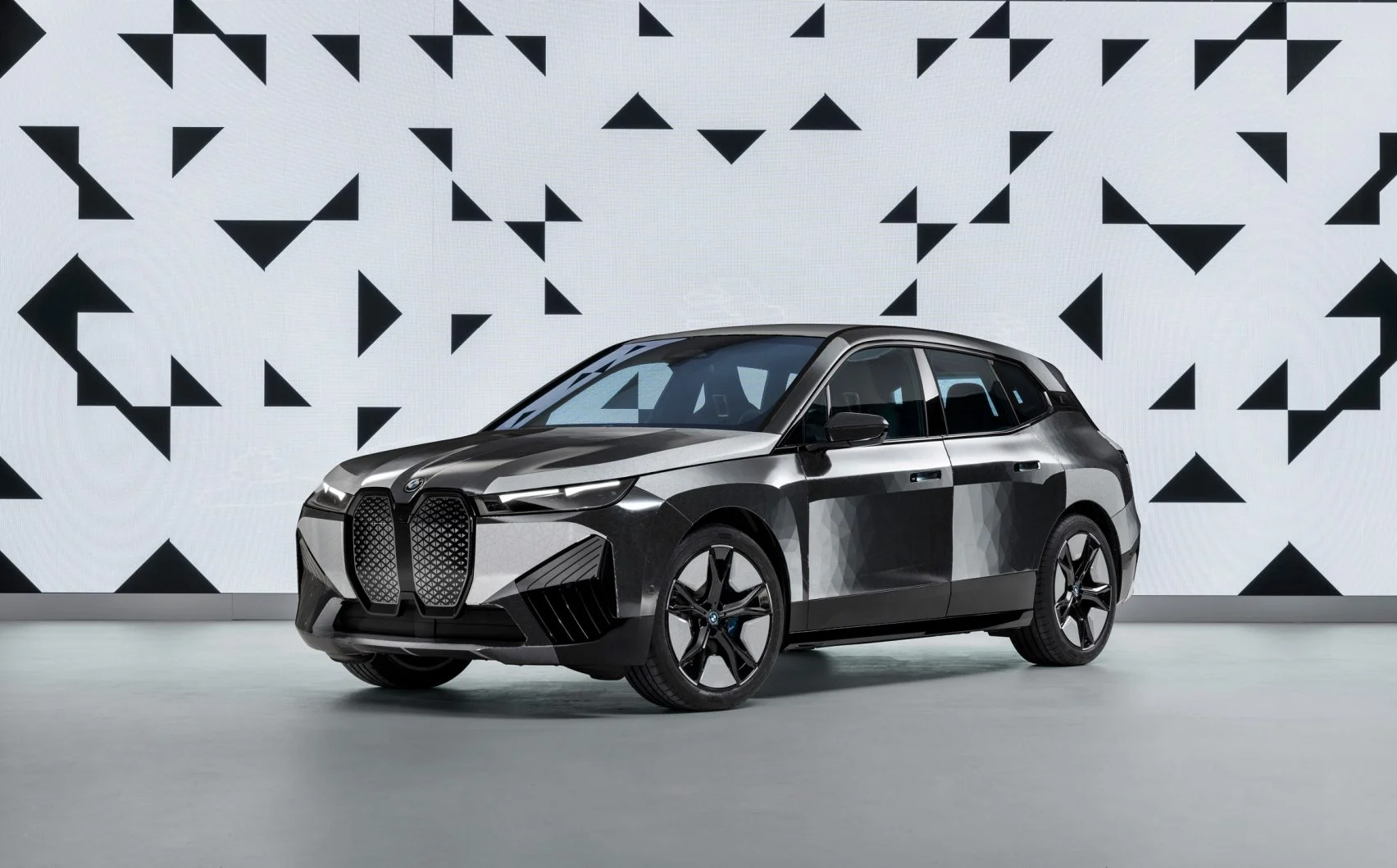
9. Ram 1500 REV: Charging Revolution for Pickup Trucks
The Ram 1500 REV electric truck addresses the challenges of electrifying a traditionally gasoline-powered vehicle. With an innovative skateboard platform, Ram is able to design a three-row pickup with plenty of space and versatility. One of the most exciting features is the Ram Charger, a self-positioning charging robot that autonomously connects to the truck. This system ensures that the vehicle charges during off-peak times, potentially saving owners money on energy costs while also revolutionizing the way electric trucks are charged.
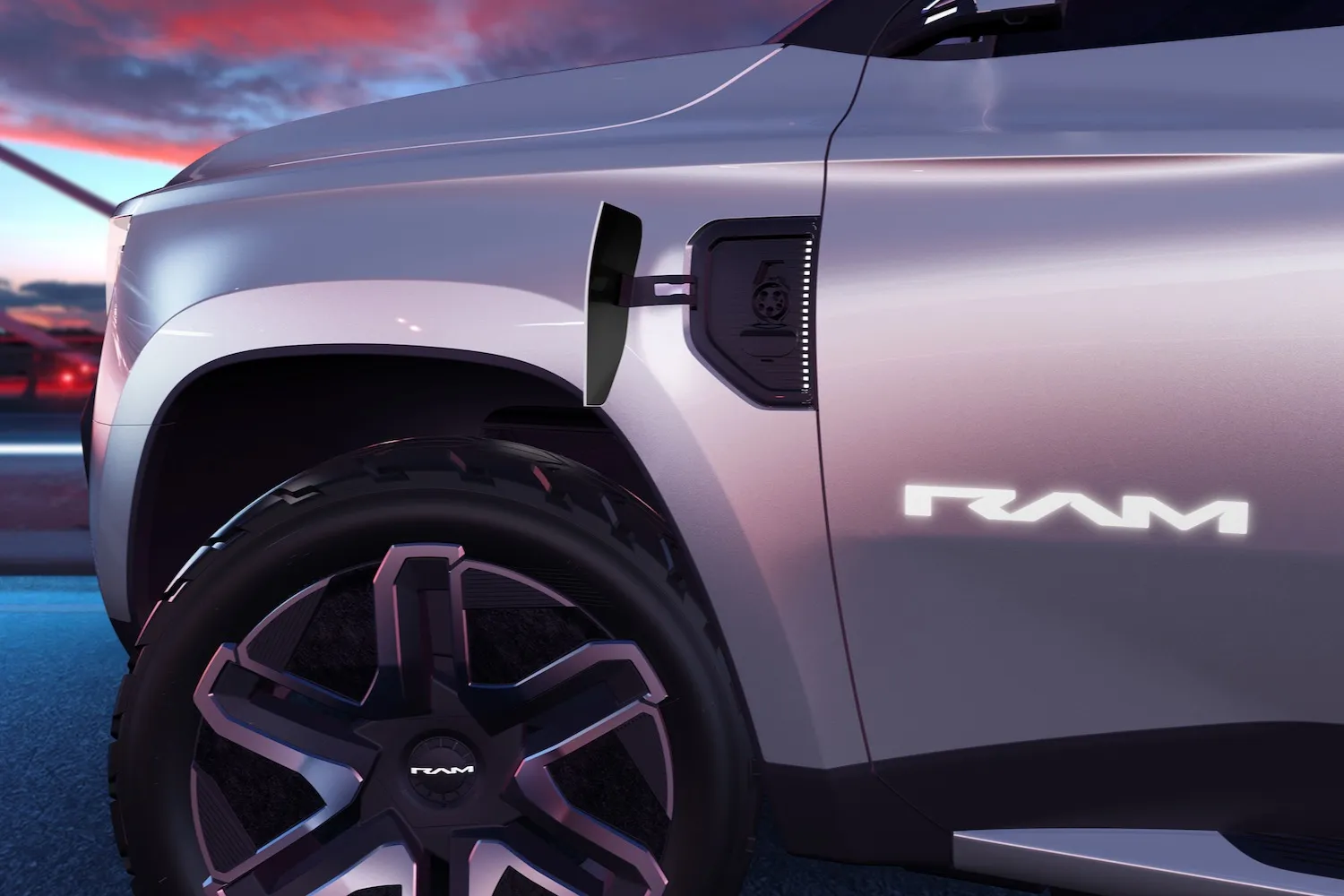
10. Volkswagen ID. 2all Concept: Simple and Intuitive Design
Volkswagen’s ID. 2all Concept brings a refreshing twist to modern car interiors by offering users the choice between classic, old-school displays or high-tech screens. While many current vehicles rely on complex touchscreens, the ID. 2all allows users to choose simpler, more intuitive digital clusters reminiscent of the 1980s and 1990s models, like the Golf or Jetta. This combination of simplicity and digital sophistication could pave the way for a more user-friendly approach to car interfaces in the future, ensuring that technology enhances rather than distracts.
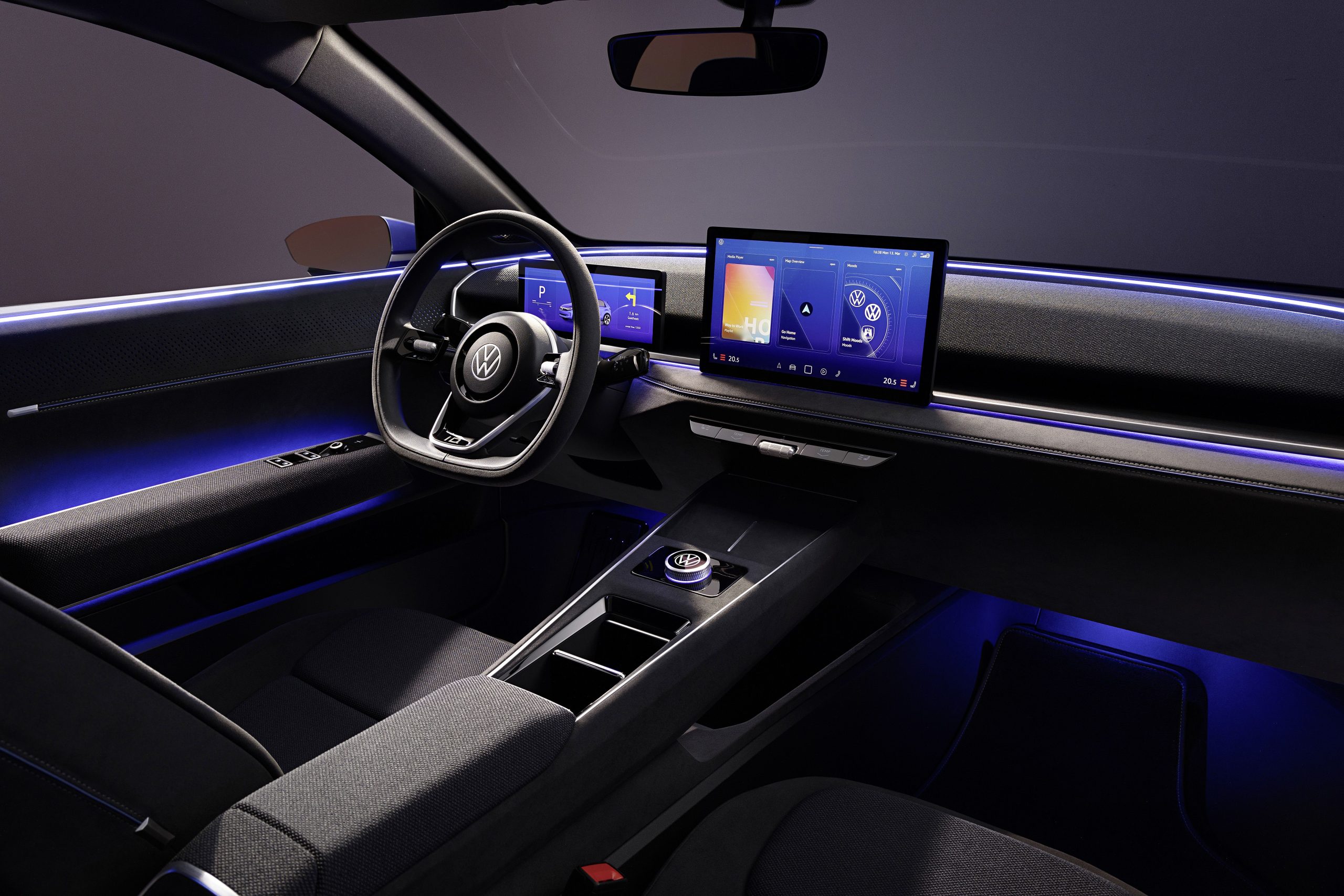
The futuristic concept cars showcased here represent just a small sampling of the innovations coming to the automotive industry. From hydrogen-powered vehicles to electric cars with manual transmissions, the possibilities are endless. As automakers continue to experiment and refine these groundbreaking ideas, we can expect many of these technologies to make their way into production vehicles in the coming years. Whether it’s changing colors, faster charging times, or smarter safety features, the future of driving is certainly looking bright and full of exciting developments.

